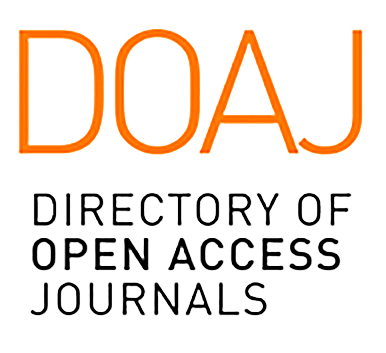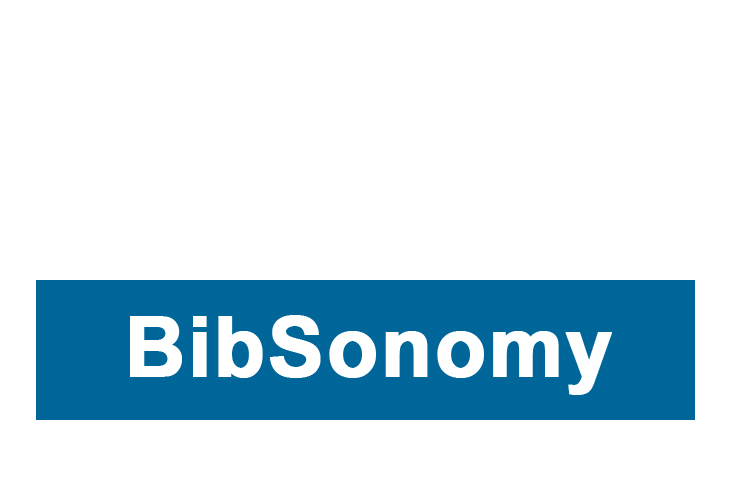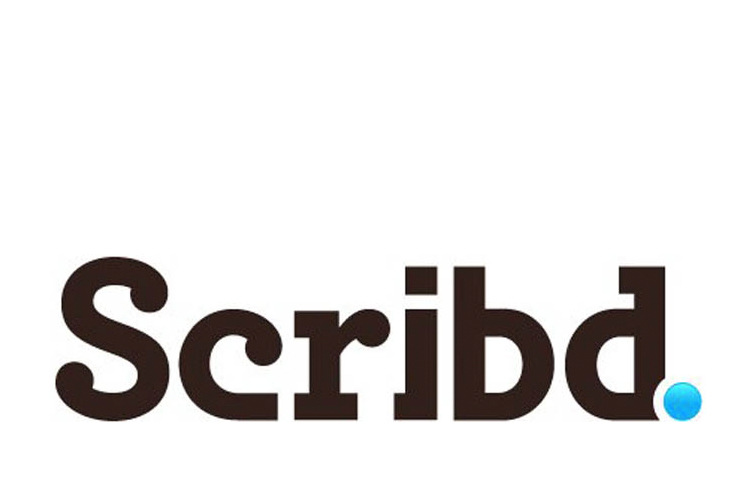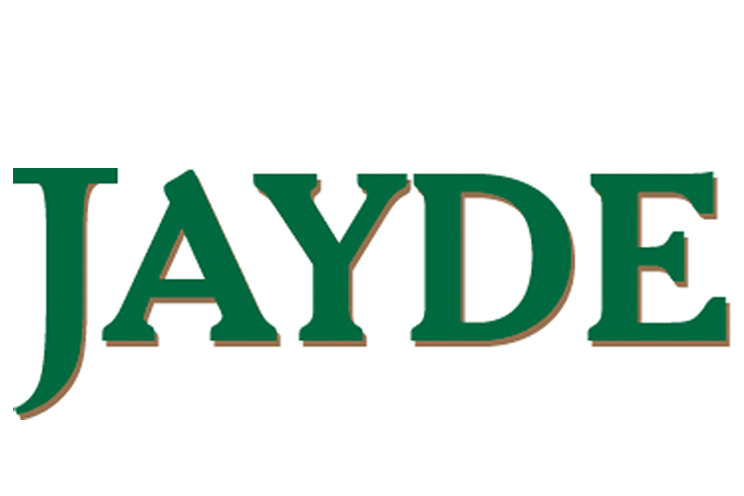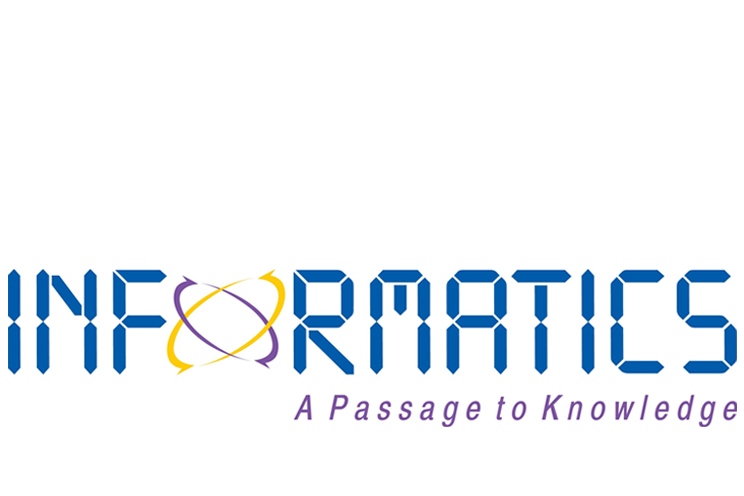Public Article
-
verified
Relationship between Snacking Patterns, Diet Quality and Risk of Overweight and Abdominal Obesity in Children
ISSN: 1929 - 4247
Publisher: author
Relationship between Snacking Patterns, Diet Quality and Risk of Overweight and Abdominal Obesity in Children
Indexed in
Health Sciences
ARTICLE-FACTOR
1.3
Article Basics Score: 2
Article Transparency Score: 3
Article Operation Score: 2
Article Articles Score: 2
Article Accessibility Score: 2
SUBMIT PAPER ASK QUESTION
International Category Code (ICC):

ICC-0702
Publisher: Lifescience Global Inc.
International Journal Address (IAA):

IAA.ZONE/1929101124247
eISSN
:
1929 - 4247
VALID
ISSN Validator
Abstract
Snacking is very common among Americans; the impact of variety of snacking patterns on nutrient intake and weight status is unclear. This study examined the associations of snacking patterns on nutrient intake and weight in U.S. children 2-18 years (n=14,220) participating in the 2001-2008 National Health and Nutrition Examination Survey. Cluster analysis generated 12 distinct snacking patterns, explaining 57% of variance in total calories consumed. Only 8% of the children did not consume snacks on the day of the 24-hour recall. Cakes, cookies and pastries was the most common snacking pattern (16%) followed by miscellaneous snacks (e.g. whole milk, orange juice and meat/fish/poultry; 13%), and crackers and salty snacks (10%). Most snacking patterns resulted in higher total energy intake than the no snack pattern. After controlling for energy intake, most snacking patterns resulted in higher intakes of fiber; vitamins A, C, B12, and K;...

